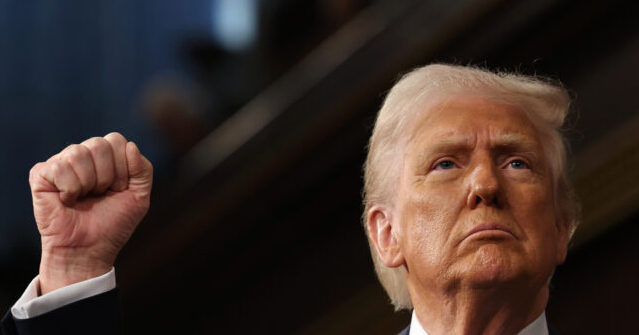U.S. Inflation Trends: CPI and PPI Show Mixed Indicators Amid Tariff Concerns
February saw a surprising inflation drop to 2.8%, while producer prices remained unchanged, raising concerns amid escalating trade tensions.
Subscribe to unlock this story
We really don't like cutting you off, but you've reached your monthly limit. At just $5/month, subscriptions are how we keep this project going. Start your free 7-day trial today!
Get StartedHave an account? Sign in
Overview
In February, U.S. annual inflation fell to 2.8% from 3.0%, with core inflation at 3.1%. Meanwhile, wholesale inflation remained stable. Concerns over President Trump's tariffs persist. Analysts suggest that while improvements in CPI are noted, further tariff-related uncertainty could impact long-term price stability. The Federal Reserve is taking a cautious approach to potential rate cuts, considering the broader economic implications of inflation and housing costs. The housing market, characterized by slow supply increases and high prices, remains a critical area of concern despite recent trends.
Report issue

Read both sides in 5 minutes each day
Analysis
Analysis unavailable for this viewpoint.
Articles (4)
Center (0)
No articles found in the Center category
FAQ
The annual inflation rate in the U.S. for February 2025 was 2.8%, down from 3.0% in January 2025.
Core inflation, which excludes food and energy prices, decreased to 3.1% in February 2025 from 3.3% in January 2025.
Analysts are concerned that President Trump's tariffs could lead to increased prices and uncertainty in the economy, potentially impacting long-term price stability.
The Federal Reserve is taking a cautious approach, considering potential rate cuts while weighing the broader economic implications of inflation and housing costs.
History
- This story does not have any previous versions.



